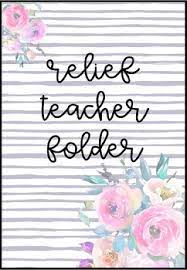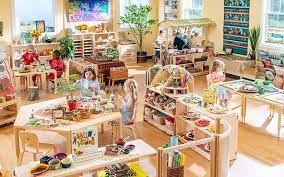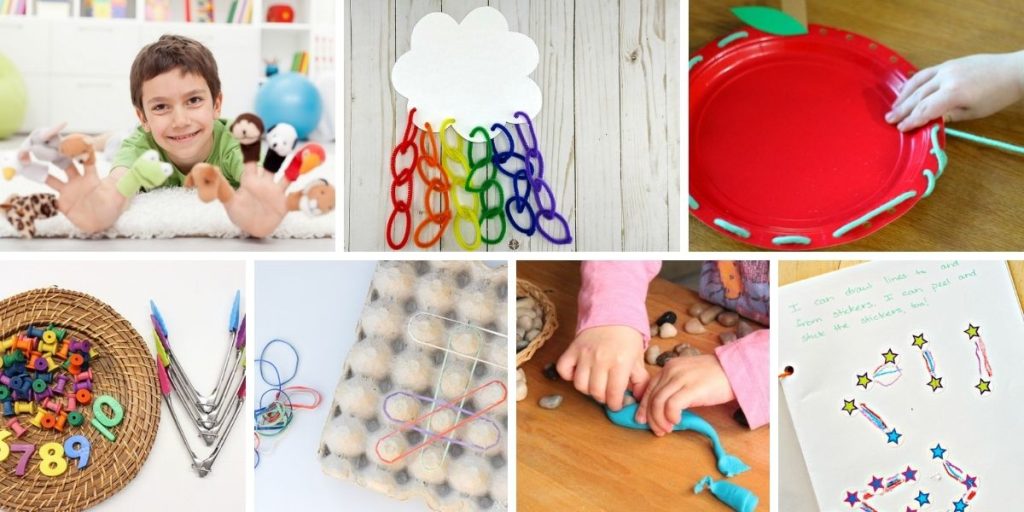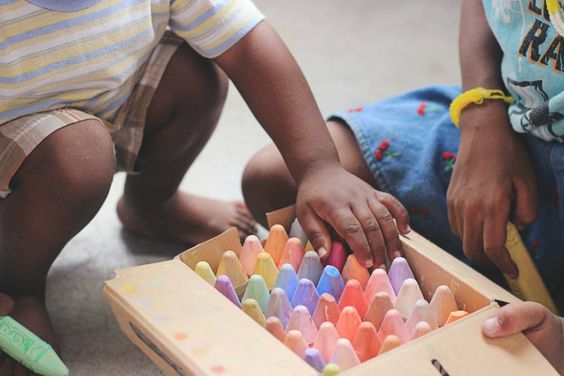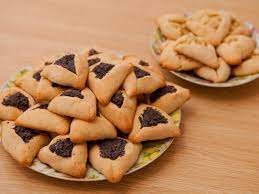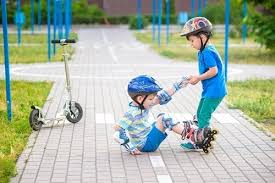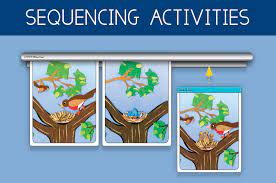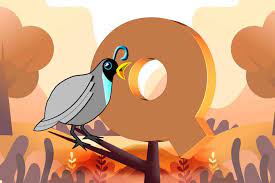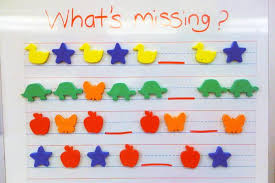Preschool and kindergarten are foundational years in a child’s education, setting the tone for their academic journey. Teachers at this critical stage need a variety of resources to create an engaging, nurturing, and educational environment that fosters young children’s development. Here is a curated list of essential teaching resources for early childhood educators:
1. Curriculum Guides – These are comprehensive frameworks that outline goals, objectives, and methods for instruction. They help teachers structure their teachings around key concepts and skills appropriate for young learners.
2. Storybooks – A diverse collection of picture and storybooks are indispensable for literacy development and can be used to teach vocabulary, concepts, moral lessons, and much more.
3. Educational Toys – Play is a crucial part of learning at this age. Educational toys such as puzzles, blocks, and pattern games help develop fine motor skills and cognitive abilities.
4. Arts and Craft Supplies – Art plays a vital role in creativity and self-expression. Supplies like crayons, markers, safety scissors, glue sticks, paper of various textures/colors allow children to explore their artistic side.
5. Manipulatives – Items such as counting bears, shape sorters, and abacuses aid in teaching math concepts and logical thinking.
6. Music and Movement Resources – Music instruments like tambourines or xylophones, along with CDs of songs suitable for young children encourage physical development and enjoyment through music and dance.
7. Sensory Tables – Sand or water tables with various scooping tools promote sensory play which is critical to cognitive development.
8. Language Development Games – Games specially designed to improve language skills can boost vocabulary acquisition and communication among preschoolers.
9. Multicultural Materials – Resources that represent various cultures promote diversity understanding at an early age including dolls from different backgrounds, world music collections or food play sets from around the globe.
10. Technology Tools – Tablet apps designed for preschool learning can supplement traditional teaching methods with interactive experiences in reading math or science.
11. Outdoor Equipment – Swing sets, slides, climbing structures complement indoor learning by improving physical health & coordination during outdoor play.
12. Classroom Organization Tools – Bins, shelves, labels & charts support both teachers & students in maintaining an organized learning space making it easier to find materials & understand classroom routines.
These resources collectively aim to build a holistic educational experience that supports all areas of a child’s development – cognitive, social-emotional, physical – through various activities designed specifically for their age group’s capabilities and interests.


